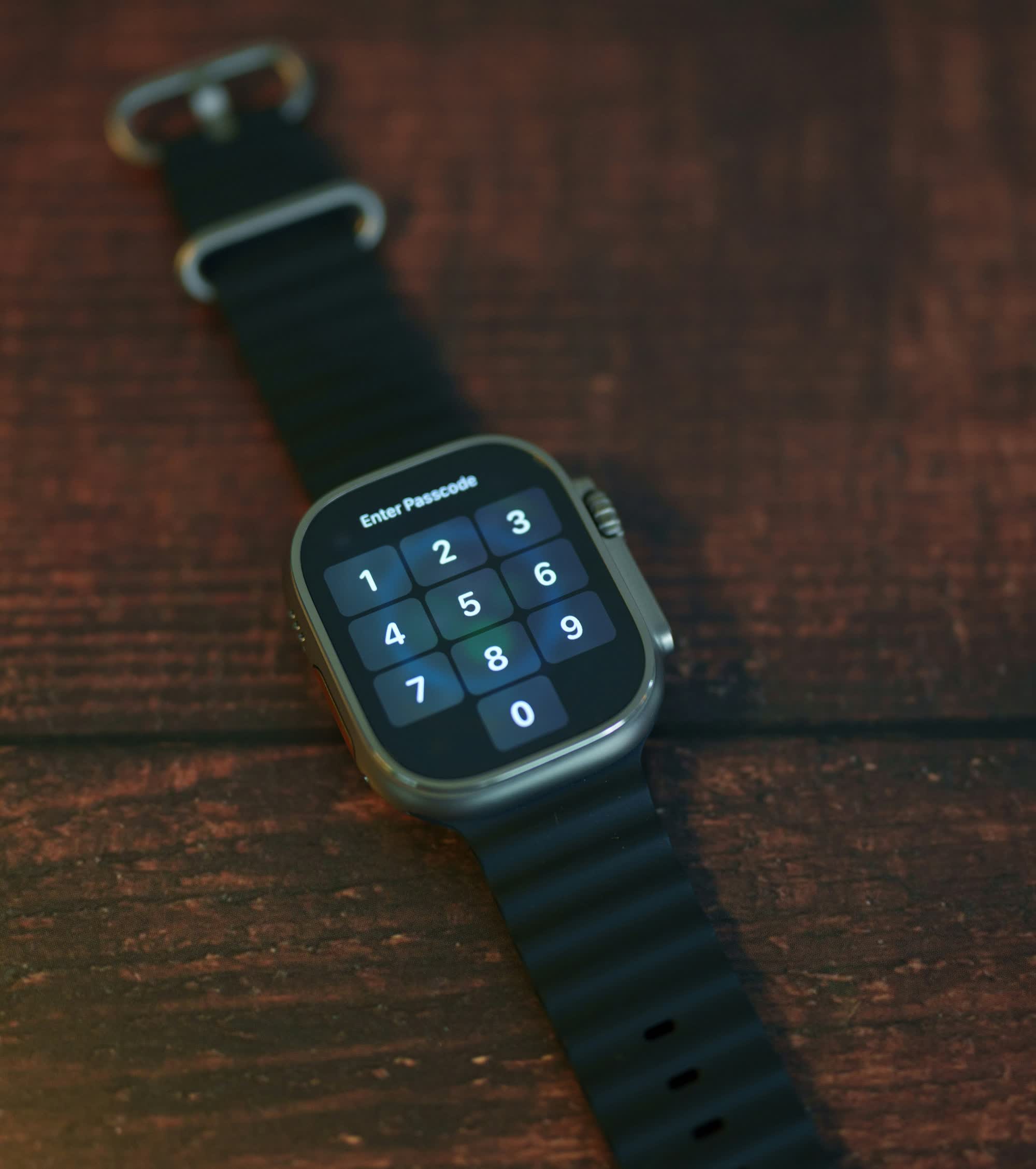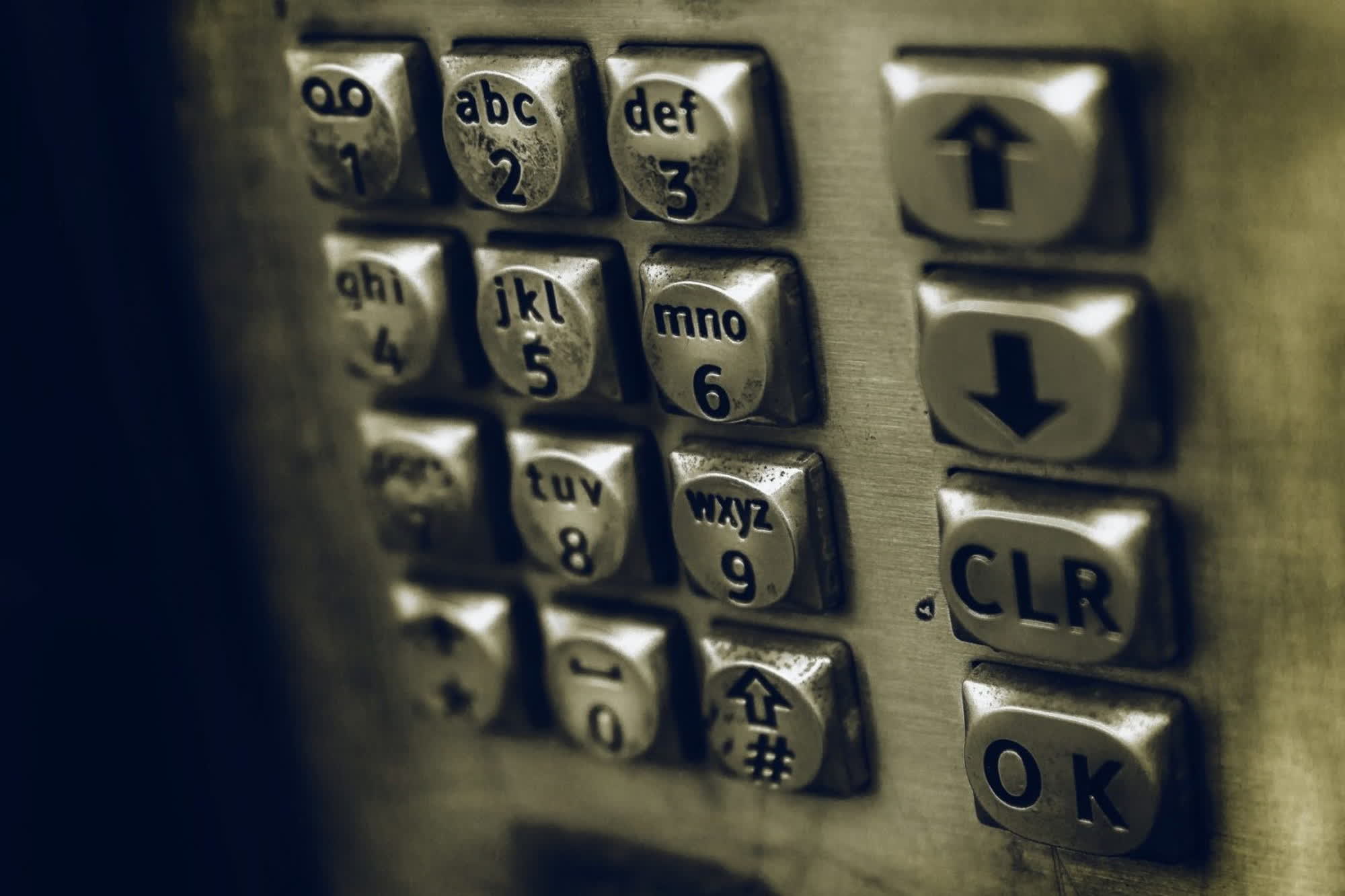Digital Insecurity: Originally introduced as an efficient way to authenticate bank customers at ATMs, the venerable PIN passcode is now ubiquitous among smartphone users as well. Though it serves as the last line of defense against unauthorized access, humans are surprisingly adept at choosing predictable patterns when tapping numbers on a virtual keypad.
According to a recent analysis, one in 10 people use the same four-digit PIN to protect their smartphones and other personal digital devices. Reporters at ABC News reviewed 29 million PINs compiled in the Have I Been Pwned database and uncovered something that should concern both security experts and everyday users alike.
The most commonly used PINs are shockingly predictable, making them much easier for criminals to guess when trying to access a stolen phone or bank account. To help visualize the patterns, reporters organized the most popular PINs into a grid-like diagram, revealing just how frequently people rely on simple and repetitive combinations.
The analysis includes a list of the 50 most commonly used PIN codes, ranked by popularity. We'll share just the top 10 below because frankly, they're embarrassing enough on their own:
- 1234
- 1111
- 0000
- 1342
- 1212
- 2222
- 4444
- 1122
- 1986
- 2020

The popularity of "1234" mirrors its appearance on recurring lists of the most common – and therefore most insecure – user passwords. Nearly one in 10 people use this PIN, while codes based on repeated digits, such as "0000," follow closely behind. Unsurprisingly, combinations like "1111," "1212," and "4444" also land in the top 10.
Birth years are another common source of weak PINs. Years like "1986" and "2004" appear in the top 20, likely because users choose familiar dates that are easy to remember. Others opt for obvious sequences in reverse, like "4321." Even combinations that may seem clever – such as "1342" – are in fact easily guessable patterns no experienced criminal would overlook.
While a four-digit PIN offers 10,000 possible combinations, people tend to gravitate toward recognizable patterns – even when safeguarding something as personal as a smartphone. This predictability creates a serious security risk: with the right guess, a thief has about a one-in-eight chance of cracking the code using only the most common PINs.
